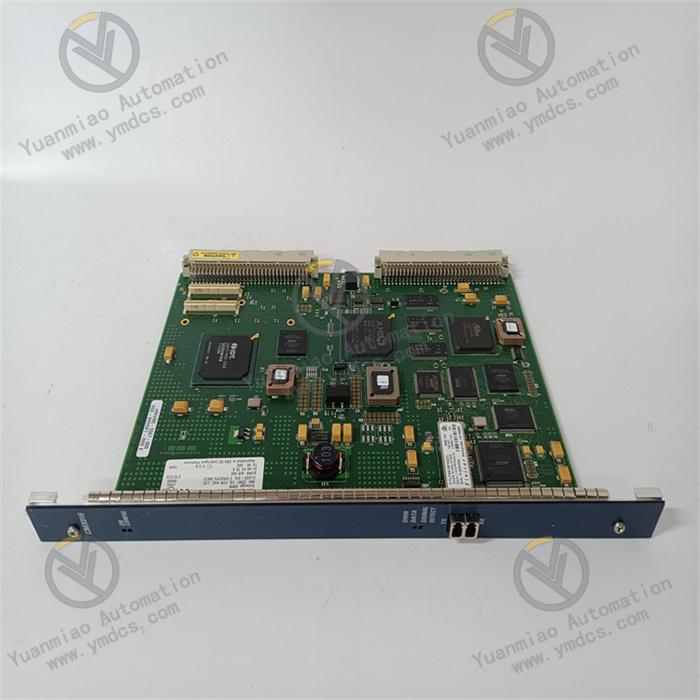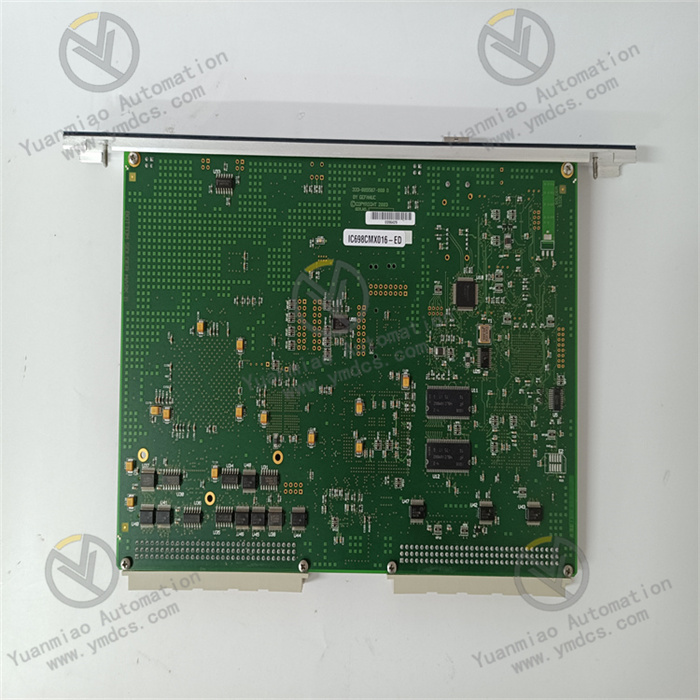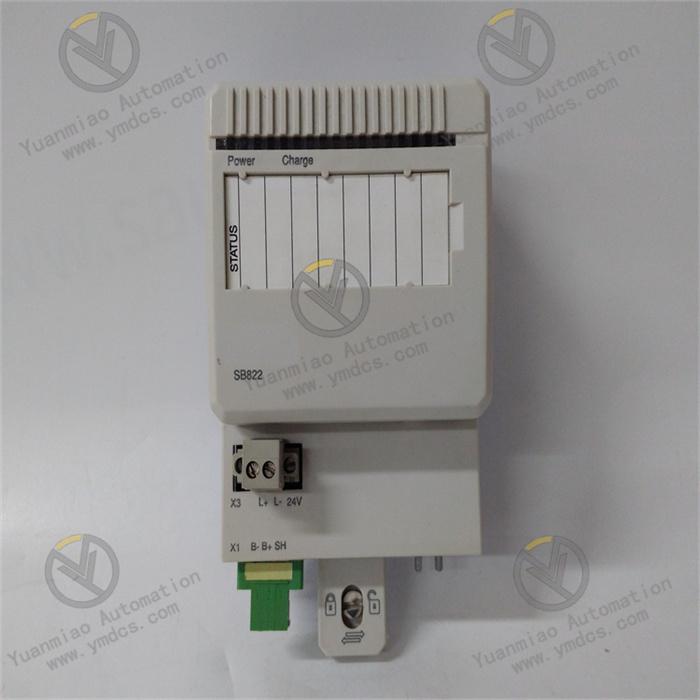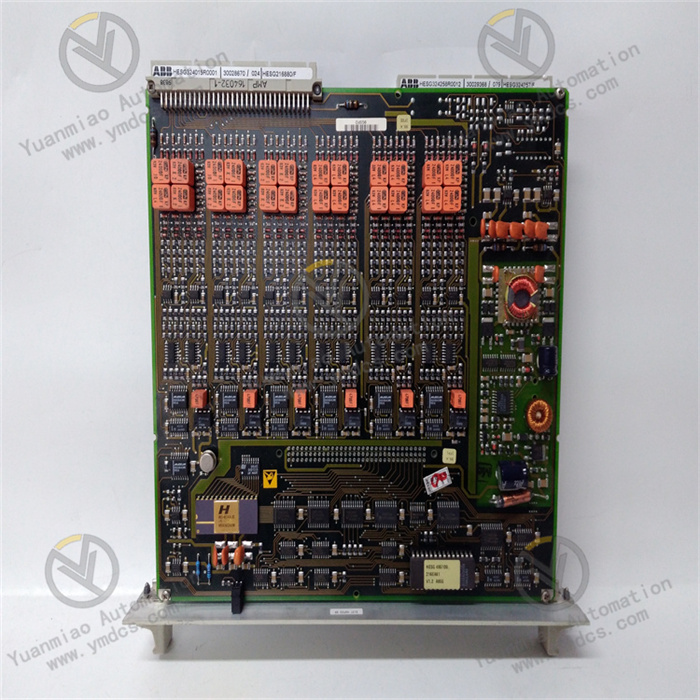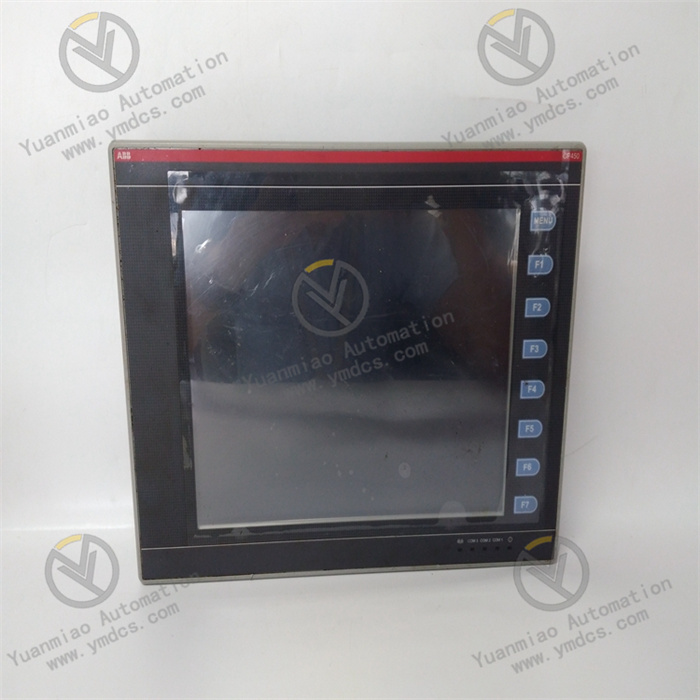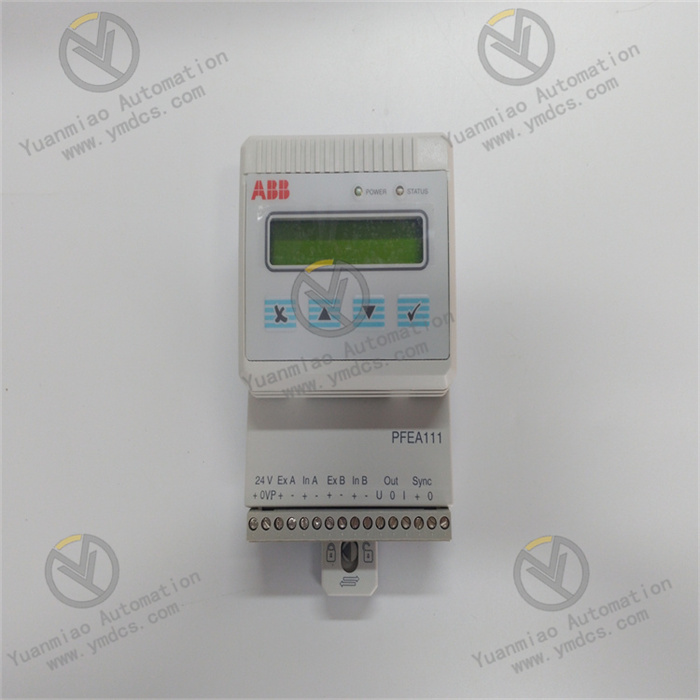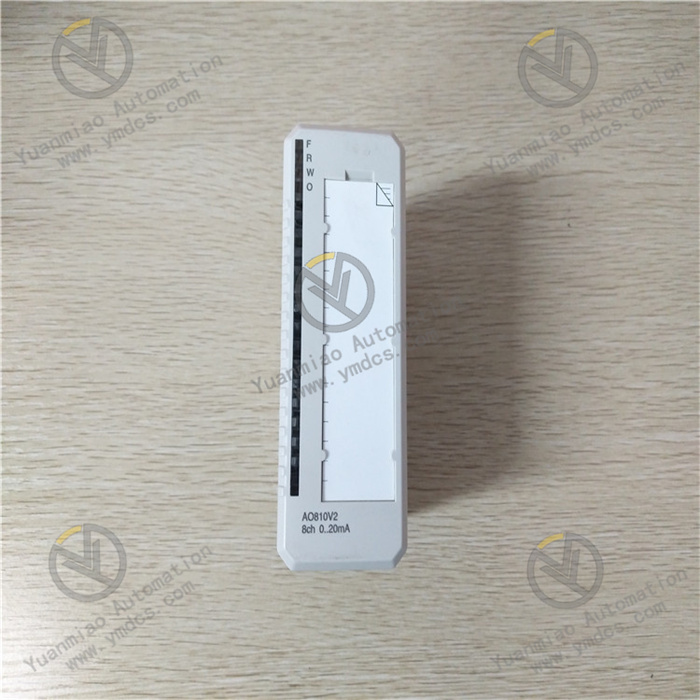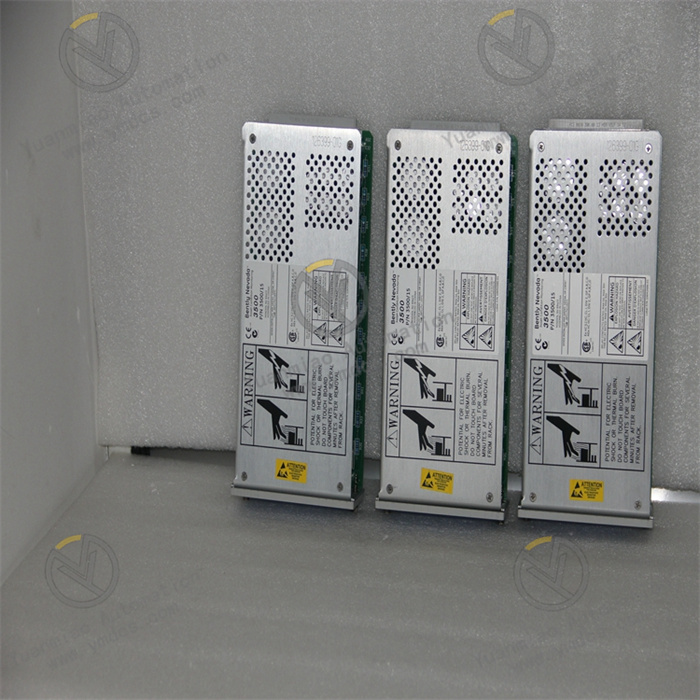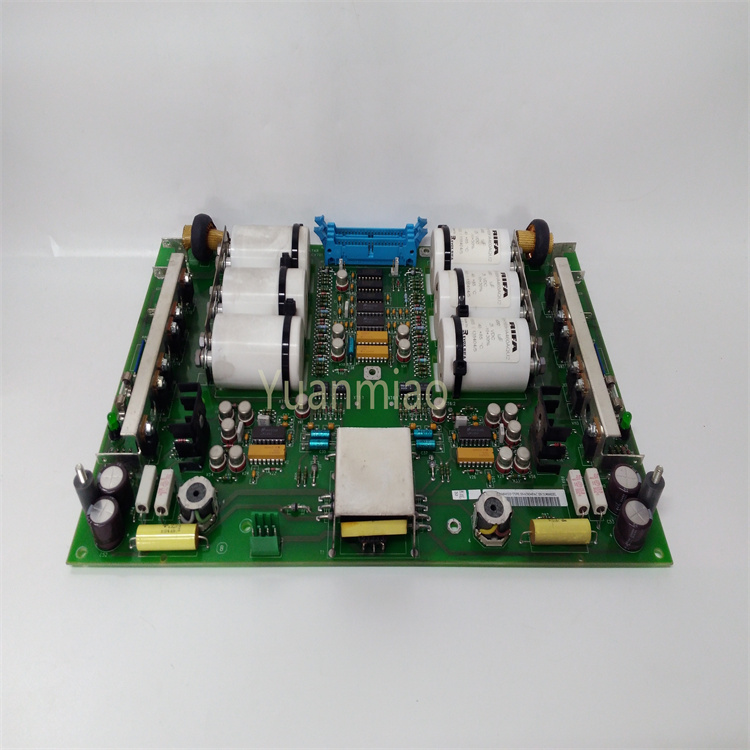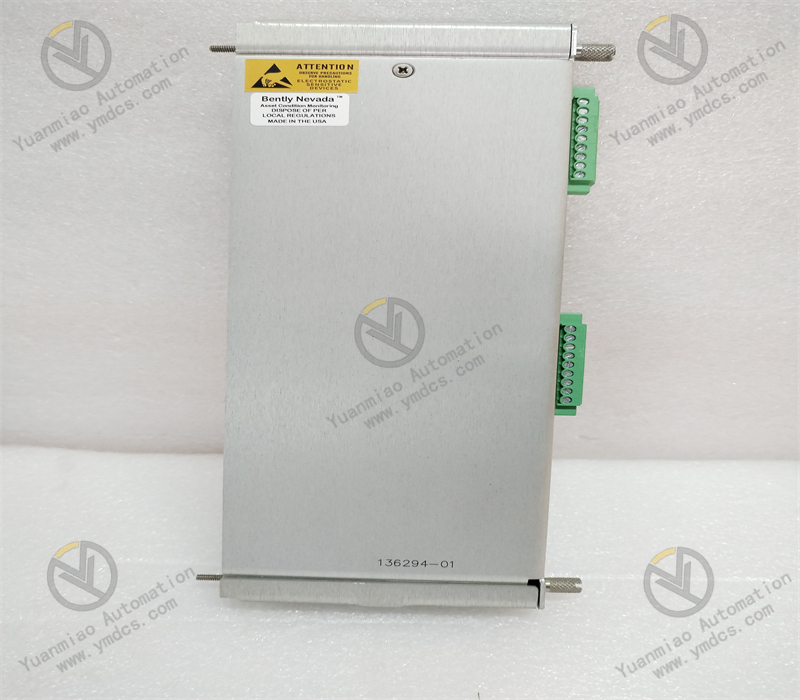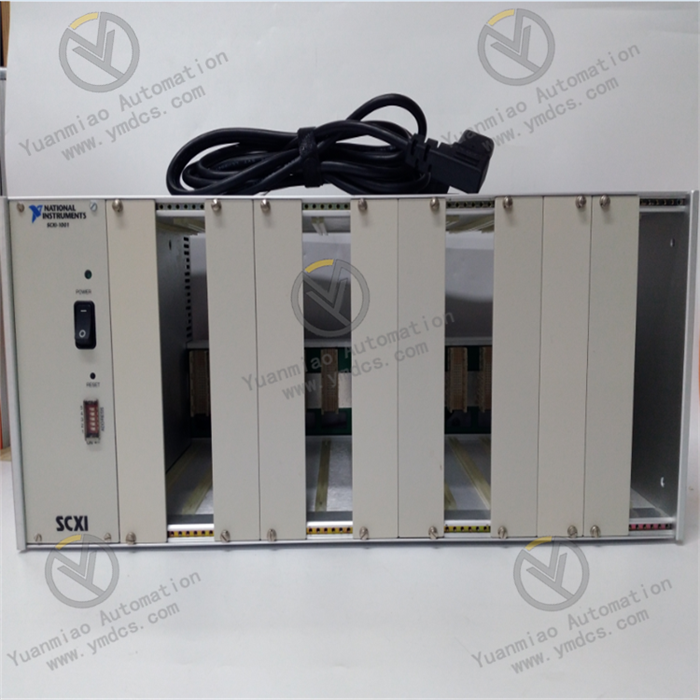Description
GE Fanuc IC698CMX016-ED
GE IC698CMX016-ED is a module manufactured by General Electric, belonging to the Mark I or Mark II series gas and steam turbine controllers. The relevant introduction is as follows:
Functional Features
- Speed Control: It can serve as a gas turbine speed controller (governor) to regulate the speed of the turbine output shaft. The speed control characteristics can be isochronous speed control, which stabilizes the speed at a set value, or droop control, where the speed decreases with the load. The droop regulator characteristics are used for generator-driven applications. When the gas turbine operates in synchronization with a large system, the speed control can inherently perform the load control function.
- Load Control: For generator-driven gas turbines, the load can be set through a load limiter, which receives a signal proportional to the generator load as input. It typically has three load limit values: rotational reserve, intermediate preselected load, and full load. In most mechanical drive applications, the gas turbine output is a function of the driven equipment speed, and an isochronous governor is used in this case.
- Hardware Composition: Composed of two integrated circuits and four transistors. Both circuits are quad comparators with low power consumption and low offset voltage. The module surface is equipped with four relays and 32 jumper switches. Each jumper provides users with two ways to complete the selection of each circuit. In addition, it is equipped with a right-angle male connector numbered 218A4637P2.

Technical Parameters
- Basic Attributes
- Product Type: GE Fanuc 90-70 series controller module, belonging to the compact motion control module (CMX).
- Application Scenarios: Industrial automation, robot control, numerical control machine tools, multi-axis motion systems.
- Hardware Specifications
- Processor: High-performance 32-bit RISC processor, supporting real-time motion control algorithms.
- Storage Capacity:
- Program memory: Usually 256KB-1MB (non-volatile flash memory).
- Data memory: 512KB-2MB (RAM, supporting power-off protection).
- Axis Control Capability:
- Maximum support for 16-axis synchronous control ("016" indicates 16 axes).
- Supports servo/stepper motor control, with a maximum pulse output frequency of up to 20MHz.
- Interfaces and Communication
- I/O Interfaces:
- Digital input/output: Used for signals such as motor enable and limit switches.
- Analog output: ±10V or 4-20mA, used for servo driver control.
- Communication Protocols:
- Supports industrial bus protocols such as EtherNet/IP, Modbus, and CANopen.
- Built-in Ethernet interface (10/100Mbps), supporting remote programming and monitoring.
- Electrical Characteristics
- Power Input: DC 24V (±10%), with a power consumption of approximately 15W.
- Operating Temperature: 0°C-60°C (fanless design, adapting to industrial environments).
- Protection Level: IP20 (needs to be installed in a control cabinet).
- Accuracy and Performance
- Position control accuracy: ±1 pulse (depending on the encoder resolution).
- Speed control range: 0.1-10000rpm (adjustable).
Working Principle
As a motion control module, GE IC698CMX016-ED's core function is to coordinate the movement of multi-axis motors through algorithms to achieve precise position, speed, and trajectory control. The working principle can be broken down into the following links:
1. Motion Control Architecture
plaintext
┌───────────────┐ ┌────────────────┐ ┌───────────────┐ │ Host Computer/PLC │─────►│ CMX016-ED Module │─────►│ Servo Driver │─────► Motor │ (Programming and Monitoring) │ │ (Motion Planning) │ │ (Power Amplification) │ └───────────────┘ └────────────────┘ └───────────────┘ ↑ ↑ ↑ │ │ │ └──────────────────────────┴──────────────────────────┘ │ │ ▼ ▼ ┌────────────────┐ ┌──────────────┐ │ Encoder/Sensor │ │ Limit Switches, etc. │ │ (Position Feedback) │ │ (Safety Signals) │ └────────────────┘ └──────────────┘
2. Core Working Process
- ① Command Reception and Parsing
- Receives motion commands (such as "move to coordinates (100, 200)" and "rotate at a speed of 500rpm") sent by the host computer (such as PLC or HMI) through EtherNet/IP.
- Parses parameters such as the target position, speed, and acceleration in the command to generate a motion trajectory planning table.
- ② Trajectory Planning and Interpolation Calculation
- Supports algorithms such as linear interpolation, circular interpolation, and spline curve interpolation, decomposing complex trajectories into small actions coordinated by multiple axes.
- For example, during linear interpolation, the module calculates the speed ratio based on the target positions of the two axes to ensure synchronous arrival at the end point.
- ③ Pulse Output and Closed-loop Control
- Sends pulse sequences (PWM) and direction signals to the servo driver through the I/O interface to control the motor speed and steering.
- Real-time collects encoder feedback signals (such as 10,000 pulses per revolution), compares them with the target position, and corrects errors through the PID algorithm to achieve closed-loop control.
- ④ Safety and Fault Handling
- Monitors signals such as limit switches and motor overload, and cuts off the pulse output when an emergency stop is triggered.
- Built-in hardware watchdog to prevent the motor from running out of control when the program is abnormal.
3. Key Technical Details
- Multi-axis Synchronization Mechanism
- Synchronously updates the position commands of each axis through timer interrupts (such as a 1ms cycle), ensuring that the phase difference of multi-axis movement is ≤1μs, suitable for collaborative scenarios such as gantry cranes and robot arms.
- Acceleration and Deceleration Control
- Supports S-type and trapezoidal acceleration and deceleration algorithms to avoid mechanical impact during start/stop. For example, the S-type curve smooths the speed change through a third-order polynomial to reduce vibration.
- Software Programming Interface
- Uses GE Proficy Machine Edition programming software, supports IEC 61131-3 standard languages (such as ladder diagram and ST structured text), and allows customization of motion control function libraries.
Application Scenarios
- Manufacturing Industry: Numerical control machine tools (such as four-axis linkage of machining centers), robotic arm grabbing in automated production lines.
- Packaging Industry: Multi-axis synchronous positioning of labeling machines and filling machines.
- Logistics Equipment: Precise motion control of sorting robots and palletizers.


